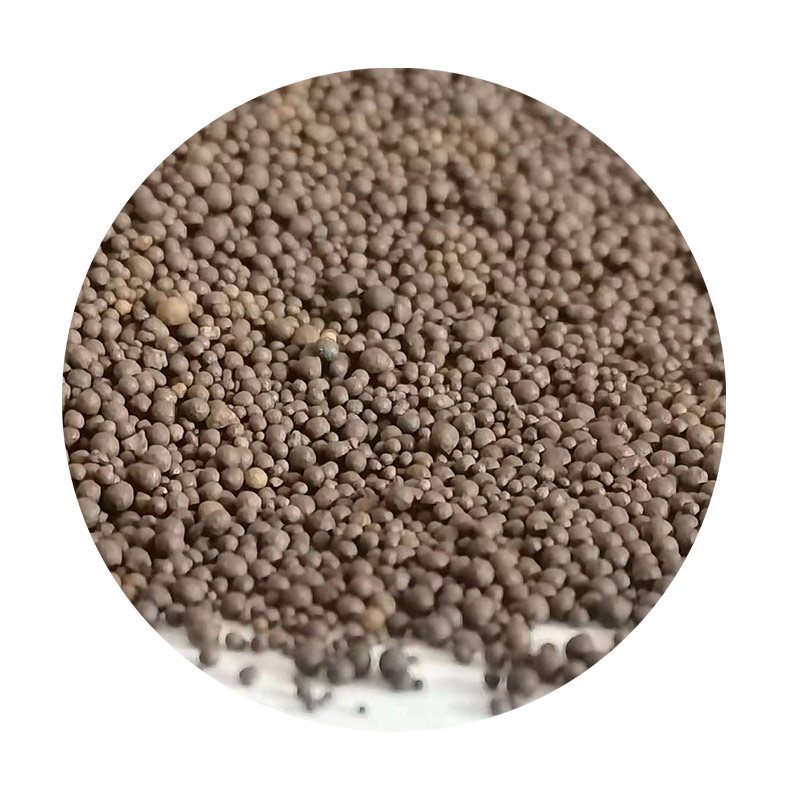3D Sand Printing Casting A Revolution in Manufacturing
In the ever-evolving landscape of manufacturing and design, 3D sand printing casting is emerging as a groundbreaking technology that is reshaping the way we create complex and intricate components. This innovative process combines the advantages of additive manufacturing with traditional casting methods, offering a multitude of benefits that address some of the critical challenges faced in contemporary production environments.
3D Sand Printing Casting A Revolution in Manufacturing
One of the most significant advantages of 3D sand printing casting is its ability to produce complex geometries that would be difficult, if not impossible, to achieve with traditional methods. This capability opens the door for innovative designs that maximize performance while minimizing material usage. Engineers and designers can now create lightweight structures with intricate internal features, leading to enhanced efficiency and reduced weight in various applications, including aerospace, automotive, and even art.
3d sand printing casting

Furthermore, this technology significantly reduces lead times compared to traditional mold-making processes. Conventional methods often require extensive tooling, which can take weeks or even months to produce. In contrast, 3D sand printing allows for rapid prototyping and production, enabling manufacturers to respond quickly to market demands and design changes. The ability to iterate designs swiftly not only enhances creativity but also accelerates the development of new products.
Sustainability is another essential aspect of 3D sand printing casting. Traditional casting techniques often result in considerable waste due to the nature of mold production. However, with 3D printing, molds can be produced with minimal material waste, as only the necessary sand is used. Additionally, some systems utilize recyclable sand, further reducing the environmental impact of the manufacturing process. This shift towards sustainable practices is becoming increasingly critical in today’s world, where manufacturers are under pressure to adopt greener technologies.
Moreover, 3D sand printing casting is conducive to customization. In industries where bespoke solutions are necessary, such as in medical implants or specialized tooling, this technology enables the production of tailored components without the significant costs associated with traditional custom fabrication methods. This capability not only improves product fit and performance but also enhances user satisfaction.
In conclusion, 3D sand printing casting marks a significant advancement in the field of manufacturing. By integrating the benefits of additive manufacturing with traditional casting techniques, this technology promises enhanced design flexibility, reduced lead times, and a smaller ecological footprint. As more industries adopt this innovative approach, we can expect to see a transformation in how products are conceptualized and produced, paving the way for a more efficient, sustainable, and creative future in manufacturing. The journey of 3D sand printing is just beginning, and its full potential is yet to be realized.
Post time:ستمبر . 19, 2024 18:34
Next:lost foam casting foundry
